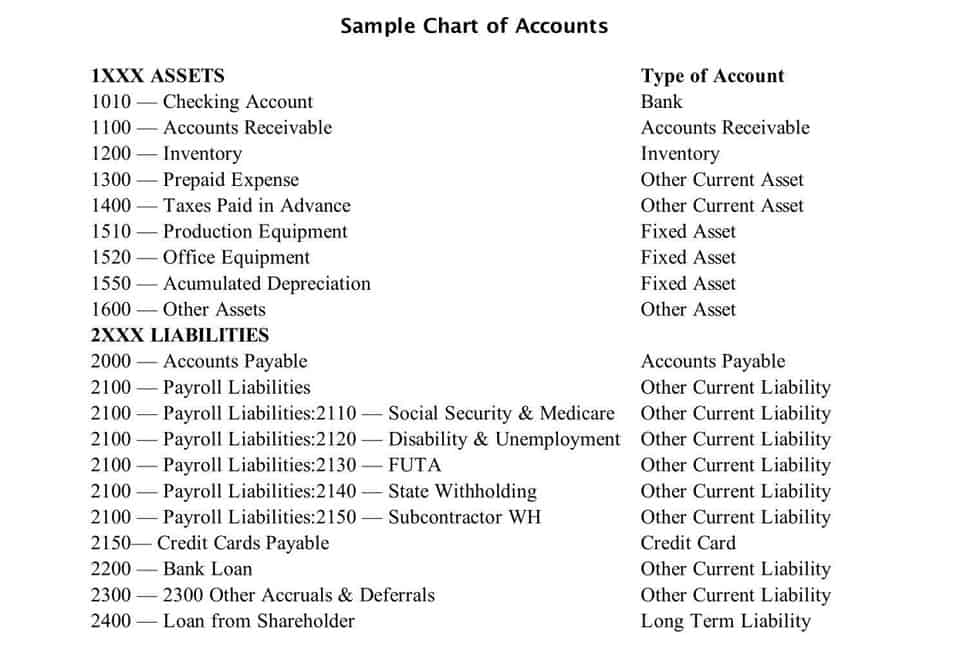
Issues like production delays, excess stock, or lenient credit terms can all contribute to a longer cycle, affecting cash flow. The operating cycle is a critical concept within the realm of business management that reveals how effectively a company transforms its inventory into cash. It encapsulates the journey from purchasing raw materials to collecting revenue from sales, serving as a barometer for assessing the efficacy of a company’s resource and financial management strategies. The formula to calculate the cash conversion cycle is equal to the sum of days inventory outstanding (DIO) and days sales outstanding (DSO), subtracted by days payable outstanding (DPO). Finally, if a business takes a short time to pay its suppliers after they have made credit purchases from those suppliers, then the payable days of the business will be affected. If the suppliers of the business offer the business strict credit terms and a shorter credit repayment period, then the payable days of the business will be affected.
Calculators and Converters
The completed output sheet illustrates the downward trajectory in the cash conversion cycle (CCC) from 65 days in 2017 to 50 days by 2020. One of those key terms is the ‘Operating Cycle.’ By the end of this article, you’ll not only understand what is the operating cycle is but also how to calculate it. Below are the further breakdown of inventory days; commonly for manufacturing companies.
Successful Operating Cycle Reduction Strategies

It represents the time it takes for a business to convert its investments in inventory and other resources into cash through sales and accounts receivable collection. This cycle is a crucial measure of a company’s financial efficiency and liquidity. To put it simply, the operating cycle measures how quickly a company can turn its resources into cash flow. The cash operating cycle can also be a main indicator of the efficiency of asset-utilization and liquidity position of the business. As previously mentioned, it is calculated using different ratios such as inventory days, accounts receivable days and accounts payable days. Therefore, the cash operating cycle concept can be used as an indicator of the efficiency of the business in managing its inventories, receivables and payables for maximum effectiveness.
Fee Optimizer

The number of days in which a company pay back its creditors is called days payable outstanding. The raw materials are processed and converted to finished goods which are sold to customers. The number of days it takes Online Accounting a company to sell the inventories is called days inventories outstanding.

Real example of how to reduce the cash conversion cycle
- If keeping tabs on inventory feels like chasing your own tail or if sales aren’t turning into real money in your pocket quick enough, you’re not alone.
- For example, a “2% net 10” discount incentivizes buyers to pay early, accelerating cash flow.
- While this comparison can be used between two companies to see which company is doing better, it cannot be inclusive of the results of the industry as a whole.
- Effective integration between accounting and inventory management software ensures seamless data flow and allows you to make informed decisions to optimize your operating cycle.
The operating cycle is equal to the sum of DIO and DSO, which comes out to 150 days in our modeling exercise. The first step is to calculate DIO by dividing the average inventory balance by the current period COGS and then multiplying it by 365. The operating cycle is relatively straightforward to calculate, but more insights can be derived from examining the drivers behind DIO and DSO. This formula provides a comprehensive view of how long it takes for a business to turn its investments in inventory back into cash. The process to calculate the working capital cycle can be broken into five steps.
B2B Payments
He will have to determine the operational cycle of his business to accomplish this. This indicates that the cycle would begin as soon as he starts paying for the items, supplies, and components necessary to manufacture different cakes and delicacies. The operational cycle of his pastry shop will not be complete unless operating cycle all of his baked items have been purchased by consumers and he receives the complete payment. Divide the price of products sold by the average inventory ratio to find a firm’s turnover ratio. Inventory turnover refers to the number of times a business’ inventory has been sold.
Also, comparing a company’s current operating cycle to its previous year can help conclude Budgeting for Nonprofits whether its operations are on the path of improvement or not. This means it takes the company about 102.2 days to convert its inventory into cash through sales and collections. The difference between the two formulas lies in NOC subtracting the accounts payable period.

Next, calculate accounts receivable days by dividing average accounts receivable by net credit sales, followed by multiplying this result by 365. When a company manages its inventory well, it can sell items quicker and collect payments faster too. They subtract accounts payable time by the net operating cycle, which causes a variance between the two calculations. The company is able to accomplish it since the net operating cycle only cares about the period from when an inventory is purchased to when they receive money from the sales of stock. A smart technique to assess a company’s financial health is to follow an operational cycle over time.

Besides, a shorter cycle also indicates that the company will be able to recover its investment fast and has adequate cash to meet its business obligations. In Year 1, the company’s working capital cycle is 60 days, which is the time needed to convert inventory into cash, collect cash from credit purchases, and fulfill its outstanding payables to suppliers or vendors. You calculate the operating cycle by adding days inventory outstanding to days sales outstanding. An operating cycle measures the time it takes for a company to buy inventory, sell products, and collect cash from sales.
